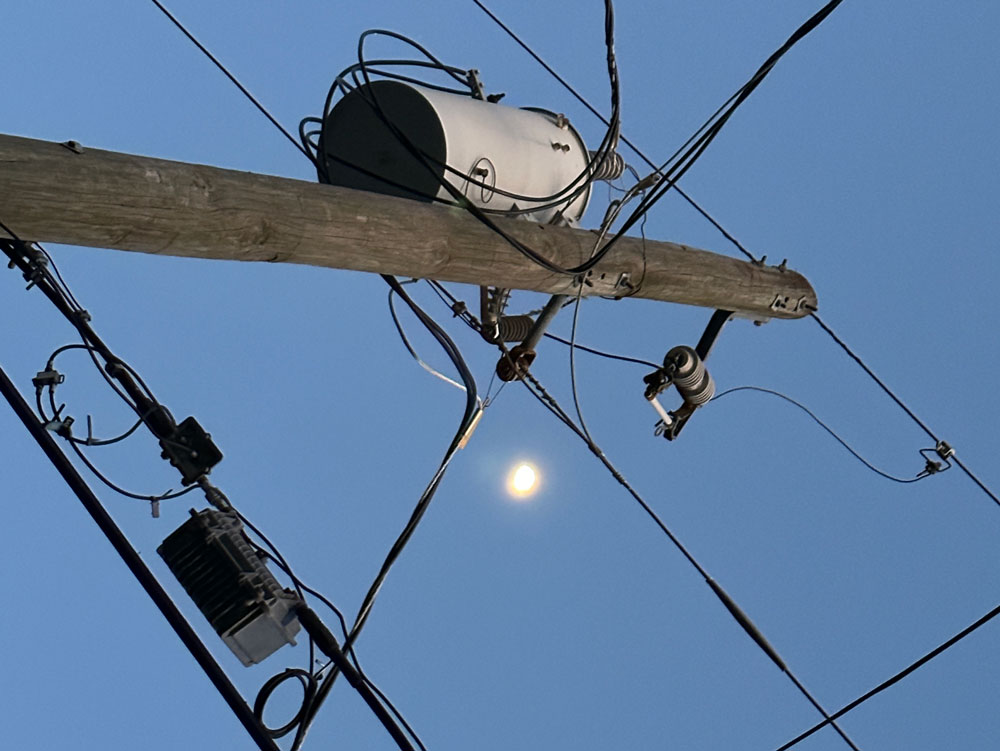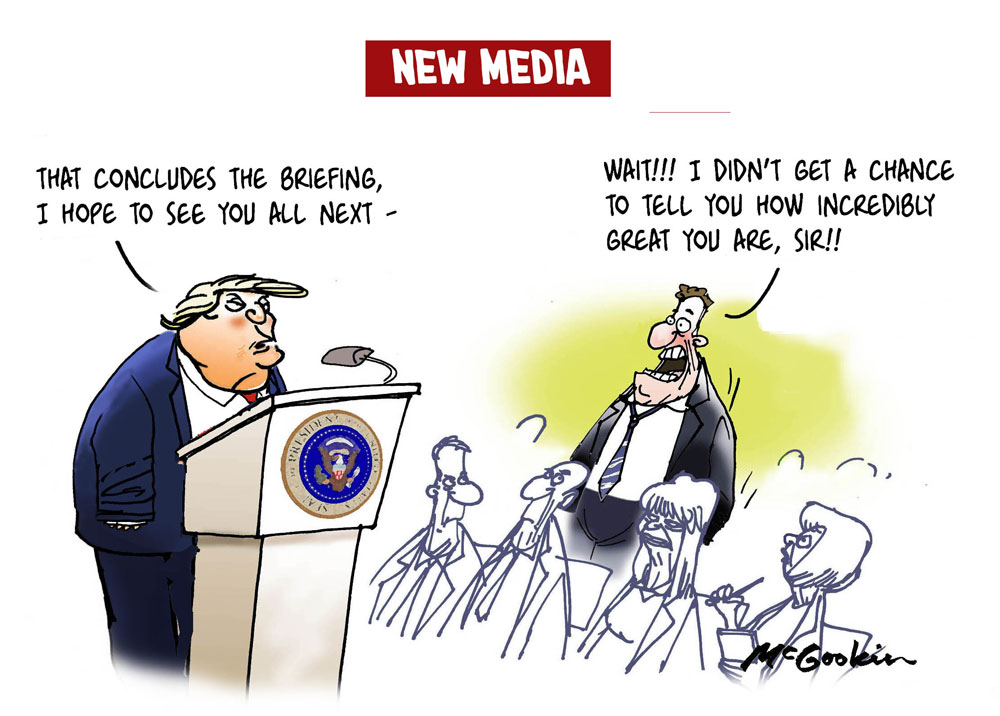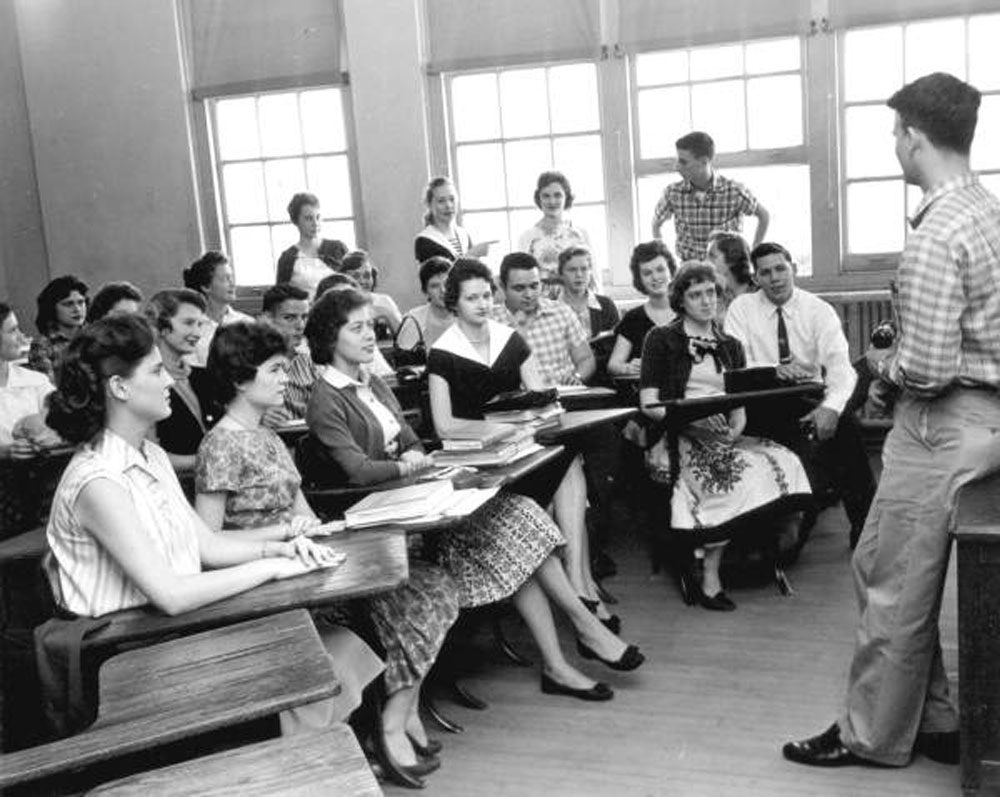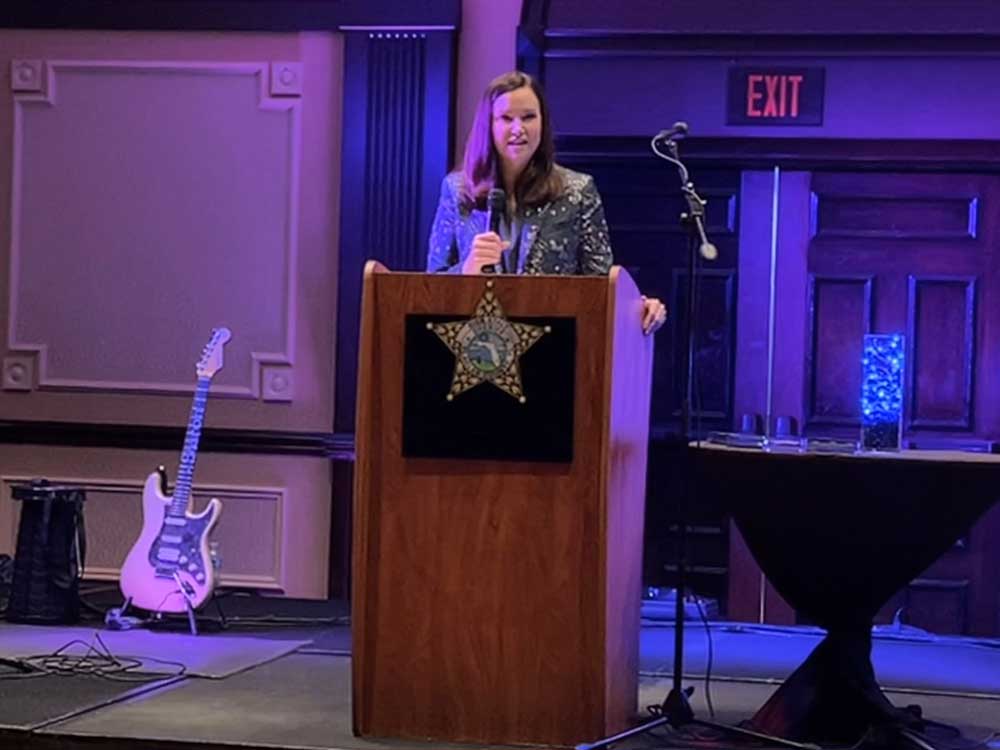Please complete this form to add your event to the Briefing and Live Calendar.
Weather: After 2:00 pm, there is a 40% chance of showers and thunderstorms. Sunny with a high of over 91 degrees. heat index readings of up as 105. In the afternoon, a calm wind will become southeast at 5 to 7 mph.Before two in the morning on Tuesday, there is a thirty percent probability of showers and thunderstorms. somewhat overcast, with a low of 74. The south wind is about 6 mph and calms down in the evening.
A Quick Look at Today:
In Court: Zachary Tuohey, who is on four years of probation for aggravated stalking, faces two years in jail for violating his probation, barring an alternative treatment plan, will have a plea hearing before Circuit Judge Dawn Nichols at 10 a.m. See: Zachary Tuohey Continued to Try Judge’s Patience While on Probation for Aggravated Stalking. He now faces a two-year prison sentence, and a judge in a bizarre case of aggravated stalking places a 34-year-old suspect and his family on notice.
At 9 a.m., the Flagler County Commissioner Andy Dance-led Community Traffic Safety Team convenes in the Commissioner Conference Room on the third floor of the Government Services Building, located at 1769 East Moody Boulevard, Bunnell. You can also participate virtually using a computer, a smartphone app, or a room device.To join the meeting, click this link. ID for the meeting: 276 236 998 121 CyEKoW is the passcode. [Get Teams| Sign up online]
The Government Services Building, located at 1769 East Moody Boulevard in Bunnell, will host a special meeting of the Flagler County School Board at 1 p.m. to discuss board rules.
The Flagler County School Board meets in the workshop at 3 p.m. to discuss the agenda for its next meeting, which is in two weeks. The Government Services Building, located at 1769 East Moody Boulevard in Bunnell, has a training room on the third floor where the board meets. Documents from board meetings can be found here.
At City Hall, the Palm Coast City Council convenes in a workshop at 6 p.m. Click here for meeting agendas, minutes, and audio access. Click here for meeting agendas, audio, and video. This evening, the council talks on its general fund budget. Mayor Mike Norris’ attempt to remove Council member Charles Gambaro from the council was dismissed by a circuit court judge last week.
The Palatka headquarters of the St. Johns River Water Management District Governing Board hosts its monthly meeting. The public is welcome to attend and provide in-person feedback on the subjects on the Board’s agenda.Note: The start times of meetings change every month. To confirm the time, go here. The public will also be able to watch the meeting online via a livestream.Room of the Governing Board, 4049 Reid Street, Palatka. To view the live broadcast, click this link. About five minutes before to the scheduled meeting time, the live video broadcast starts. Agendas for meetings can be found online here.
The Flagler Beach Book Club meets in the library, located at 315 South Seventh Street, Flagler Beach, at 5 p.m.
Daytona Beach’s Cinematique Theater, 242 South Beach Street, will host Random Acts of Insanity Standup Comedy at 8 p.m. It costs $8.50 for general entry. The Random Acts of Insanity Comedy Improv Troupe specializes in delivering fast-paced improvised comedy on Tuesdays and the first Saturday of each month.
Byblos: The first volume of Jim Crow: Voices from a Century of Struggle, Part One: 1876-1919, from the Library of America was delivered by the postman. The second volume spans the years 1876–1976—the kind of time period that will likely result in both volumes being prohibited from Florida military academies and institutions. Tina Steptoe, an associate history professor at the University of Arizona and the author of Houston Bound: Culture and Color in a Jim Crow City (2015), serves as the set’s editor. According to LOA’s synopsis: This first of two volumes, which includes speeches, pamphlets, journalism, legal opinions, congressional testimony, and poetry by both well-known and lesser-known authors, begins with Frederick Douglass’ passionate 1876 call to protect freedmen’s right to vote and ends with W. A. Domingo’s defiant declaration of the New Negro during the bloody Red Summer of 1919. Along the way, readers come across Mary Church Terrell criticizing the brutality of the convict labor system, William Monroe Trotter dramatically confronting Woodrow Wilson in the White House over segregation in the federal workforce, and Ida B. Wells exposing the atrocities of lynching and the lies used to justify it. Additionally, there are inflammatory newspaper pieces that led to a violent coup by white mobs in Wilmington, North Carolina, in November 1898, as well as troubling displays of white supremacy by South Carolina politician Benjamin Tillman and Harvard paleontologist Nathaniel S. Shaler. Black and white press editorials present opposing viewpoints on two Black individuals whose defiance turned into flashpoints: heavyweight champion Jack Johnson, who defeated James Jeffries, the Great White Hope, in 1910, and the notorious Robert Charles, who killed four white police officers in New Orleans before being shot to death following a citywide manhunt in 1900. A helpfully comprehensive table of contents for volumes one and two may be found here.
P.T.
Now, this:
![]()
Local and regional political, civic, and cultural events are compiled in the Live Calendar. You can input your own calendar events directly onto the site as you wish them to appear (pending approval of course). Please complete this form in order to have your event listed in the Live Calendar.
Click here to view the entire calendar.
![]()
In many ways, the concert was special. Some of our most esteemed colored individuals, who were also dressed in evening attire, were seated next to some of the top white citizens. Neither colored nor white occupied boxes have any color lines drawn in any area of the house. Members of both races were crammed into Carnegie Hall, and hundreds were turned away. Despite laws prohibiting discrimination, no disaster occurred since the colored citizens were not segregated in certain areas of the theater as some of our theater managers believe is required. Furthermore, it should not be forgotten that both the white people and the people of color in attendance embodied the best aspects of their race.Numerous white composers and authors make every effort to denigrate syncopated music, also referred to as ragtime, and demonstrate why this genre of music is not even worthy of a cursory examination. However, I observed that the audience didn’t show more than normal interest until the Clef Club had performed Panama. Then, as white men and women exchanged glances and grinned, a woman sitting in a conspicuous box started to diligently beat time with her right palm, which was encrusted with numerous pricey stones. After a quick mental debate, I was compelled to come to the conclusion that, in spite of the unfavorable opinions of those who cannot play it, syncopation is actually a homegrown product, a musical form that originated with the Negro but is generally well-liked by all Americans.
Lester A. Walton, “Concert at Carnegie Hall,” in Jim Crow: Voices from a Century of Struggle, Part One: 1876-1919 (2024), The New York Age, May 9, 1912.
The Archive of Cartoons and Live Briefings.











